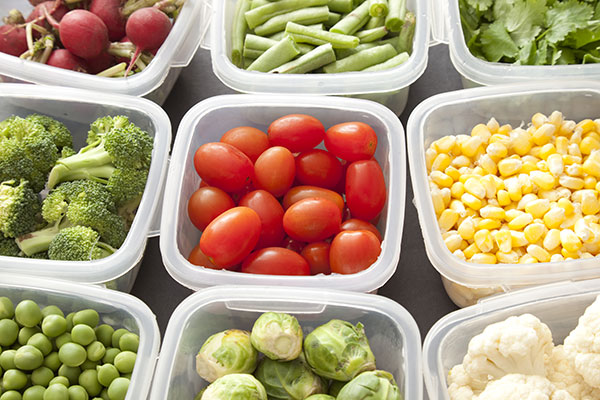 Lutein is an up-and-comer in the food formulation industry. Many people know of lutein as a component of egg yolks and as a critical player in healthy human eye retina function, as well as its antioxidant properties throughout various human organ systems and tissues.1 It has also been used as a food additive for its pigmenting properties: lutein lends a yellow or orange-red pigment to foods as it absorbs blue light.1 There are several formulation challenges, however.
Lutein is an up-and-comer in the food formulation industry. Many people know of lutein as a component of egg yolks and as a critical player in healthy human eye retina function, as well as its antioxidant properties throughout various human organ systems and tissues.1 It has also been used as a food additive for its pigmenting properties: lutein lends a yellow or orange-red pigment to foods as it absorbs blue light.1 There are several formulation challenges, however.
Lutein belongs to the xanthophyll family of carotenoids and is found naturally in egg yolks, animal fats, and plants such as flowers, grains, fruits, and vegetables, including spinach and kale.2 The market for lutein is segmented into pharmaceuticals, dietary supplements, foods, and animal and fish feed industries. Typically, in pharmaceuticals, dietary supplements, and foods, lutein is partnered with zeaxanthin, which is a similar molecule and also provides antioxidant functions in the human body.3 These functions are the nutrition-related reasons that consumers would be inclined to purchase food items formulated with lutein.
Challenges to formulating using lutein
The challenges to formulation using lutein are several and largely related to its molecular instability:2
- Heat from boiling, steaming, sauteing, or other methods in the processing of foods can cause de-esterification or cis/trans isomerization of lutein molecules.
- Extreme pH outside of the range of 4.0-8.0 can also cause de-esterification or cis/trans isomerization of lutein molecules.
- Light can cause the creation of colorless molecules of low molecular weight.
- Oxygen presence causes lutein’s antioxidant properties to react.
- Lutein is fat-soluble and water-insoluble.
Overcoming the challenges
There are some methods that help to overcome these formulation challenges with lutein:2
- Freezing
- Inclusion of antioxidants and exclusion of oxygen via vacuum sealing or airtight containers
There are products being made to improve the dispersion of lutein in water, such as a delivery method that uses a sucralose monolaurate emulsifier, which has been found to allow the addition of lutein to clear liquid beverages.4
Recommended reading
- Lutein
- Lutein as a functional food ingredient: Stability and bioavailability
- Lutein and Zeaxanthin: Benefits, Dosage, and Food Sources
- New lutein fortified formulations to market
The views, opinions and technical analyses presented here are those of the author or advertiser, and are not necessarily those of ULProspector.com or UL Solutions. The appearance of this content in the UL Prospector Knowledge Center does not constitute an endorsement by UL Solutions or its affiliates.
All content is subject to copyright and may not be reproduced without prior authorization from UL Solutions or the content author.
The content has been made available for informational and educational purposes only. While the editors of this site may verify the accuracy of its content from time to time, we assume no responsibility for errors made by the author, editorial staff or any other contributor.
UL Solutions does not make any representations or warranties with respect to the accuracy, applicability, fitness or completeness of the content. UL Solutions does not warrant the performance, effectiveness or applicability of sites listed or linked to in any content.


